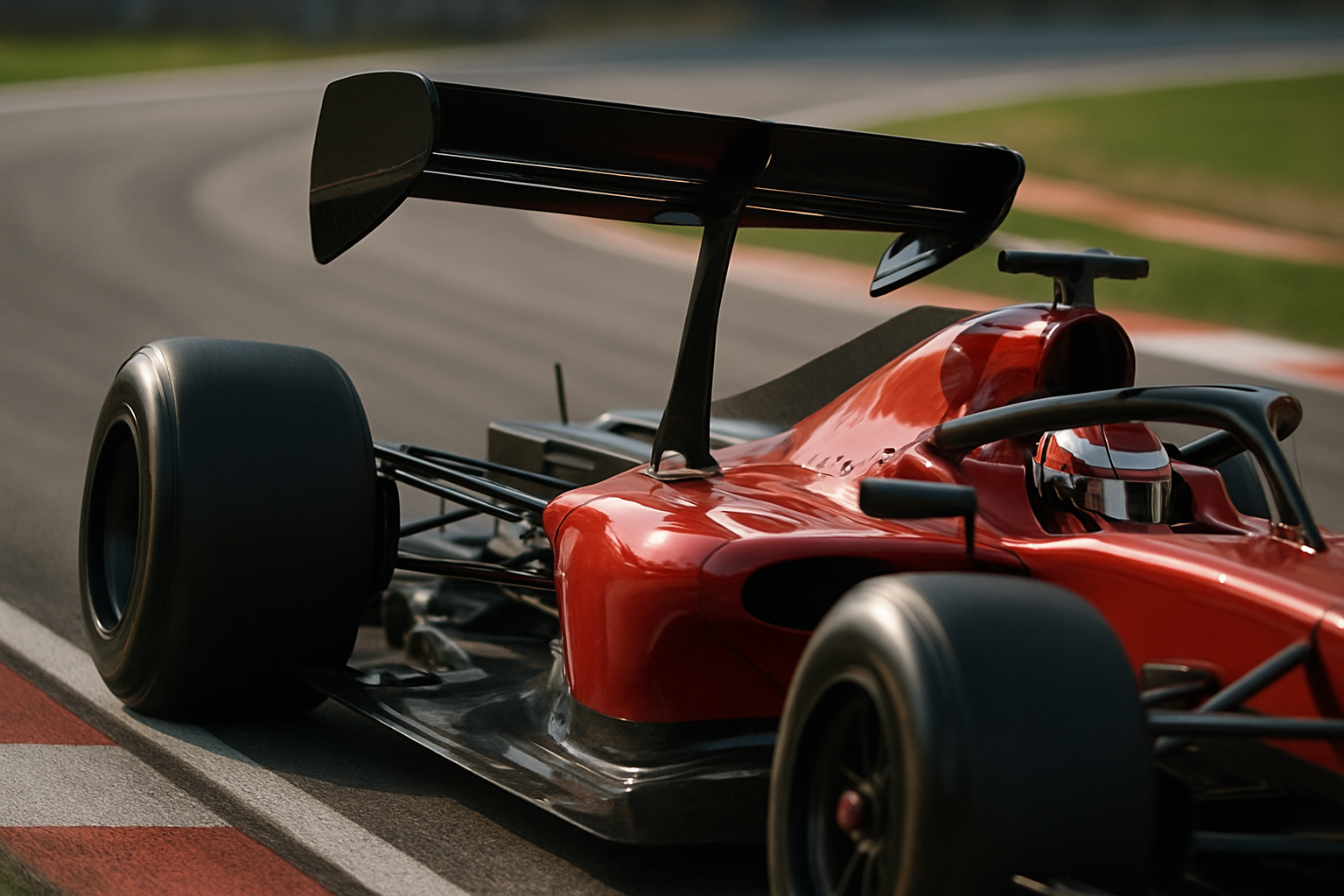The Hidden Realm of Active Aerodynamics in Motorsports
Racing enthusiasts, gear up for a deep dive into one of motorsport's most fascinating yet often overlooked technological marvels. Active aerodynamics, a cutting-edge system that dynamically adjusts a vehicle's aerodynamic properties mid-race, is revolutionizing the way cars interact with the air around them. This technology, once the stuff of science fiction, is now a crucial component in the quest for racing dominance.

The Genesis of Active Aerodynamics
Active aerodynamics in motorsports trace their roots back to the 1980s, when Formula 1 teams began experimenting with movable aerodynamic devices. However, these early attempts were quickly banned due to safety concerns and the potential for unfair advantages. It wasn’t until the late 2000s that active aero systems began to make a comeback, this time with more sophisticated controls and safety measures in place.
The resurgence of active aerodynamics was driven by advancements in materials science, computer modeling, and control systems. Engineers could now design complex, lightweight mechanisms capable of rapid adjustments, while advanced sensors and algorithms ensured these systems operated safely and effectively under the extreme conditions of motorsport.
How Active Aerodynamics Work
At its core, active aerodynamics involves movable body parts that can alter the airflow around a vehicle in real-time. This typically includes adjustable front splitters, rear wings, and sometimes even body panels that can change shape or position. These components are controlled by a sophisticated computer system that constantly monitors vehicle speed, acceleration, steering angle, and other parameters.
When a car is traveling in a straight line, the active aero system will typically reduce drag by minimizing the frontal area exposed to the airflow. This might involve lowering a front splitter or reducing the angle of attack on a rear wing. However, when the car needs to brake or corner, the system will rapidly deploy these aerodynamic aids to increase downforce, improving grip and stability.
The Impact on Lap Times and Racing Strategy
The introduction of active aerodynamics has had a profound impact on racing performance and strategy. With the ability to optimize aerodynamic efficiency for different parts of the track, cars can now achieve higher top speeds on straights while maintaining excellent cornering abilities. This has led to significant improvements in lap times across various motorsport categories.
Moreover, active aero systems have introduced a new dimension of strategy to racing. Teams must now carefully calibrate their systems to suit different tracks and conditions, balancing the trade-offs between straight-line speed and cornering performance. Drivers, too, have had to adapt their techniques to make the most of these dynamic systems, learning to trust the car as it morphs beneath them.
Challenges and Controversies
Despite its benefits, active aerodynamics has not been without controversy in the world of motorsports. Critics argue that the technology reduces the importance of driver skill, as the car automatically optimizes its performance for different situations. There are also concerns about the complexity and cost of these systems, which could potentially widen the gap between well-funded teams and those with more modest budgets.
Additionally, regulating active aerodynamics has proven challenging for motorsport governing bodies. Defining what constitutes a legal active aero system and ensuring all teams adhere to these rules has become an ongoing process of negotiation and refinement.
The Future of Active Aerodynamics in Motorsports
As we look to the future, it’s clear that active aerodynamics will continue to play a significant role in shaping the landscape of motorsports. Advancements in materials and control systems promise even more sophisticated and effective aero solutions. We may see the development of “smart skin” technologies that can alter the entire surface of a car for optimal aerodynamic performance.
Furthermore, the lessons learned from active aero in motorsports are likely to trickle down to road cars, potentially improving fuel efficiency and safety for everyday drivers. As with many technological innovations in automotive history, what begins on the racetrack often finds its way onto our streets.
In conclusion, active aerodynamics represents a fascinating intersection of engineering, physics, and competitive spirit. As this technology continues to evolve, it promises to keep pushing the boundaries of what’s possible in motorsports, challenging drivers, engineers, and regulators alike. For racing fans and technology enthusiasts, the ongoing development of active aerodynamics offers an exciting glimpse into the future of high-performance vehicles.





